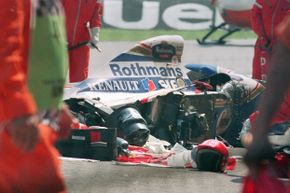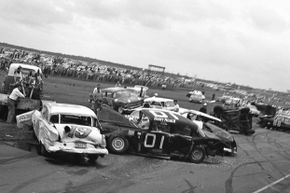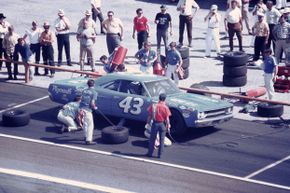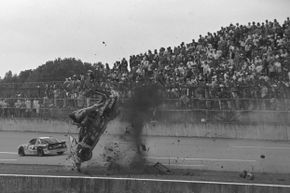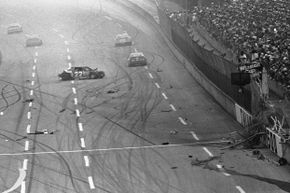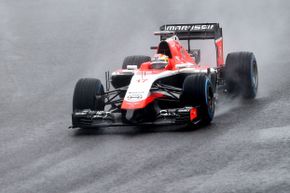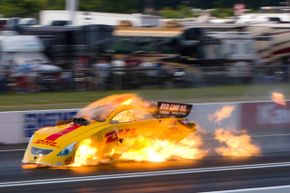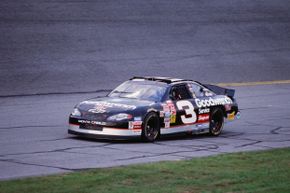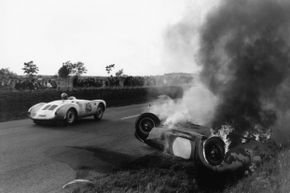Motor sports are thrilling – there's just no getting around it. We may watch car, motorcycle and other motor sports races because it's exciting to see man and machine pushed to their limits. But when you push limits, you add danger to the equation. While that danger makes motor sports more sensational, it can lead to crashes and tragic results.
If there's a silver lining to the tragedy of a crash in motor sports, though, it's that the sport can learn from it. Any motor-sports enthusiast will tell you that motor sports are as much about learning from the past as they are about speed and skill. Just like competitors learn how to engineer better, more efficient cars from past record-breaking constructions, they can also learn how to engineer better crash-prevention and protection features from crashes. In fact, without crashes, many of today's motor-sport safety innovations wouldn't have been developed. Here are ten crashes that changed motor sports forever.
Advertisement

